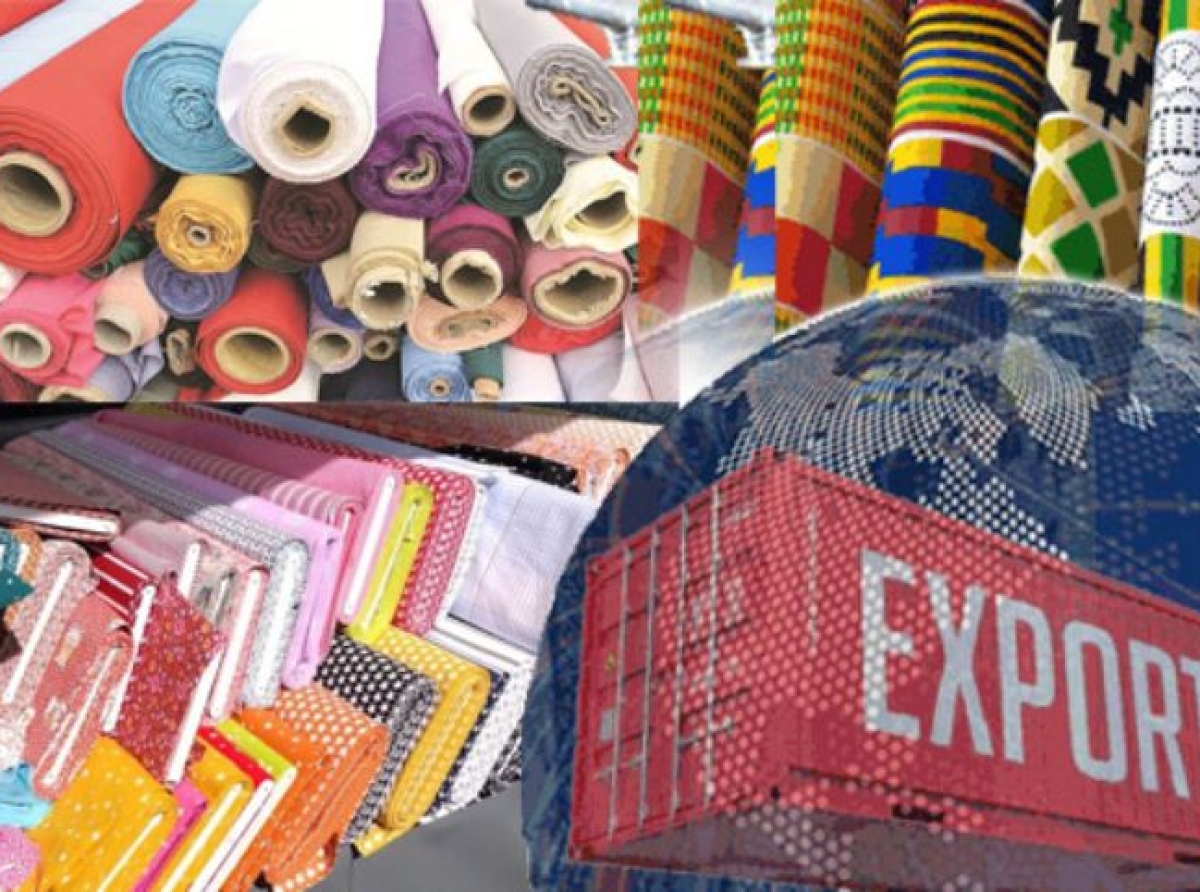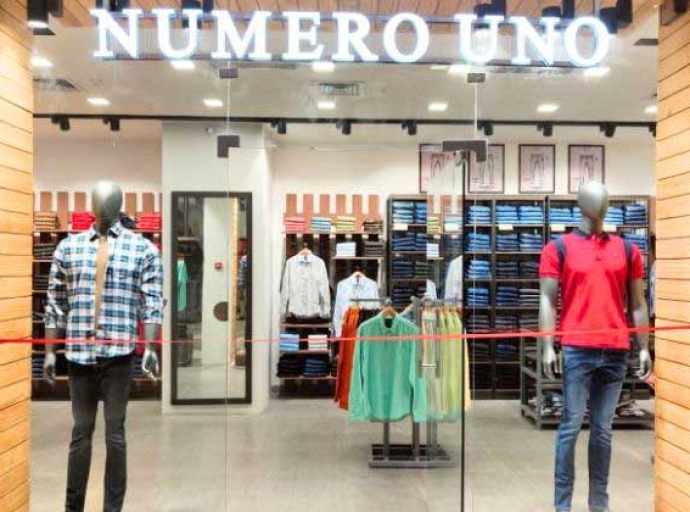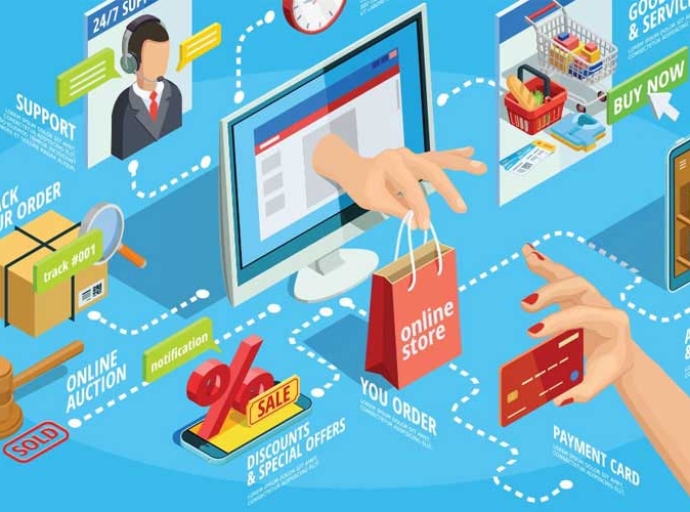Indian Textiles Exports eyeing at target of $100 bn in 5 years

29 October 2022, Mumbai:
Hon'ble Piyush Goyal, Union Minister of Textiles, Consumer Affairs, Food, and Public Distribution and Commerce & Industry in a very recent virtual meeting with EPCs (Export Promotion Councils) with divergent interests drawn from across (T&C) the textile & apparel sector, making a strong/solid pitch urging the trade setting a definitive target to accomplish textiles exports of 100 billion USD in the following 5-6 years as we move ahead confidently in the Techade well contemplated by India's Hon'ble PM, Narender Modi.
Emphasizing categorically during this occasion Piyush Goyal made a case for the Textile manufacturing community pressing the paddle on their efforts to begin securing cotton to meet their demands something China has done successfully through the decades.
Call To Action
Minister alluded here that today it is a business imperative to deliberate, ideate involving multi-stakeholders viz. bringing in fresh blood giving all new perspective as we are not discussing guns and roses given world is a nervous place today and to consolidate our inherent strengths the need for involving actors in the game Quality Control of India (QCI), Commerce, DPIIT, Finance, Banking Export Insurance, etc. cannot be overemphasized today than ever before, pressing that time is more important than timing the market.
Furthermore, pressing the need for a cohesive trade approach of engagement and indulging in sustained industry dialogues charting out a holistic approach ensuring the timely oversight mechanism looking into the aspect of track & traceability of cotton and better value-added cotton products a step in the direction of premiumization as it already becomes a commodity business.
To place it on record The virtual meeting was well attended & received by responsible representatives of the 11 Export Promotion Councils (EPCs) under the Ministry of Textiles (MoT) namely Chairman, Narendra Goenka-Apparel Export Promotion Council (AEPC), Chairman, Sunil Patwari-The Cotton Textiles Export Promotion Council (Texprocil ), Chairman, Umar Hameed-Carpet Export Promotion Council, Executive Director, R.K Verma-Export Promotion Council for Handicrafts (EPCH), etc.
There were also representations from industry associations such as The Confederation of Indian Textile Industry (CITI), Tiruppur Exporters Association (TEA), and The Southern India Mills’ Association (SIMA), Coimbatore to make it a very broad-based exercise.
A Quick Background
As per industry estimates, "Textile export was approx. 42 billion USD in 2021-22 and if the trade were to take a leap of faith in its aspiration to hit a more respectable target of achieving 100 billion USD in the coming say 5-6 years; the semblance is that it will re-rate the pivoted economic value of the sector all the way to an accumulated domestic and international to be 250 billion USD which will be something remarkable.
A supportive system is a panacea
A few factors getting into newfound optimism are growth drivers such as the PLI scheme for textiles covering 40 man-made fibre (MMF) garment items, 14 MMF fabric goods, and 10 technical textile products. In the bargain aspiring to take over good market share through increasing production capacity domestically for the segments such as technical textile, having a potential for an uptick in growth.
Further in major support to enhance the competitiveness of the sector, the government notified Complimentary schemes like the setting up of 7 PM mega integrated textiles region and apparel park (MITRA) parks in October 2021 with a total outlay of Rs. 4,445 crores. The national and state governments and the business sector would collaborate and co-ordinate to create the projected/envisaged mega textile parks.
New logistics policy 2022
The policy optimistically eyes at shrinking the logistics cost incurred up until now in India. To be fair it eyes attaining competitive comparability to global benchmarks by 2030. This shall happen to move ahead climbing up on the rank scale seeking a target of 8% of GDP or thereabouts. It is envisaged to help India in attracting investments, and give a fillip to generate employment.
PLI-2 scheme
At the outset, we may not be able to share the specifics but as we write the sources indicate PLI 2.0 is under serious review given an unutilized budget of about Rs 4,000 crores.
China plus one sourcing, creating a golden chance for Indian textiles to perform a turnaround and recover a leadership post as a top exporting economy. In the private talks, many industry players optimistically indicate that following the China Plus One/alternate strategy, it is highly likely at least a 20% shift of exports from that country to India.
Vital Stats
The aim is a $4 billion increase in fabrics by placing India as a regional fabric hub, starting with cotton wovens and extending to other subcategories. Fabrics are another critical area where growth is anticipated. The goal is to grow the global consumer base for home textiles by $4 billion using current advantages.
A $2.5 billion to $3 billion increase in sales of artificial yarn and fiber is anticipated, emphasizing expanding market share for MMF (artificial fiber) goods. On the other hand, a $2 billion increase is aimed at technical textiles through developing skills in a few key sub-segments, riding the wave of potential domestic demand growth.
According to Neelesh Hundekari, partner and APAC Head of Lifestyle Practice at Kearney, We estimate India's textile sector should achieve an 8–9% CAGR between 2019–2026, led by domestic demand growth and a substantial rise in annual exports.
What it takes
The way forward is to keep investing in research and continue the export expansion drive, focusing on innovation, discovering newer markets, expanding the export product basket keeping in view the export destination markets necessary for trade advancement and national security in perpetuity, and the semblance is that these are a few plausible options available for the Indian textile industry and supply chains.
No brainer the entire value chain including sales of textile articles can gain remarkably from the application/usage of the Internet of Things (IoT) all this is possible now given its inherent advantage in the entire textile journey. As a result, using robots in both the industrial sector and the textile industry has produced notable advantages.
The firms in the textile sector must invest in Industry 4.0 and its enabling technologies to shift from traditional plants to intelligent factories ensuring the efficiency of working will increase significantly, along with increased productivity.
(CREDITS: PIB report)
Latest Publications

































